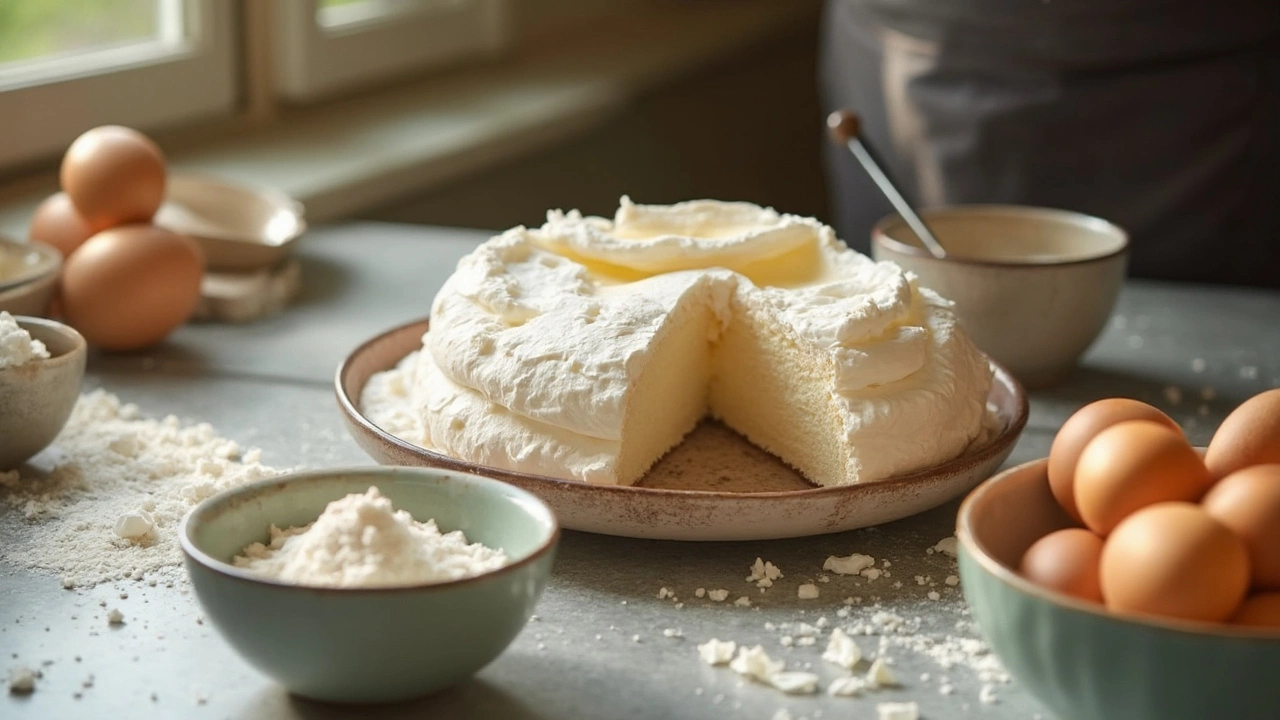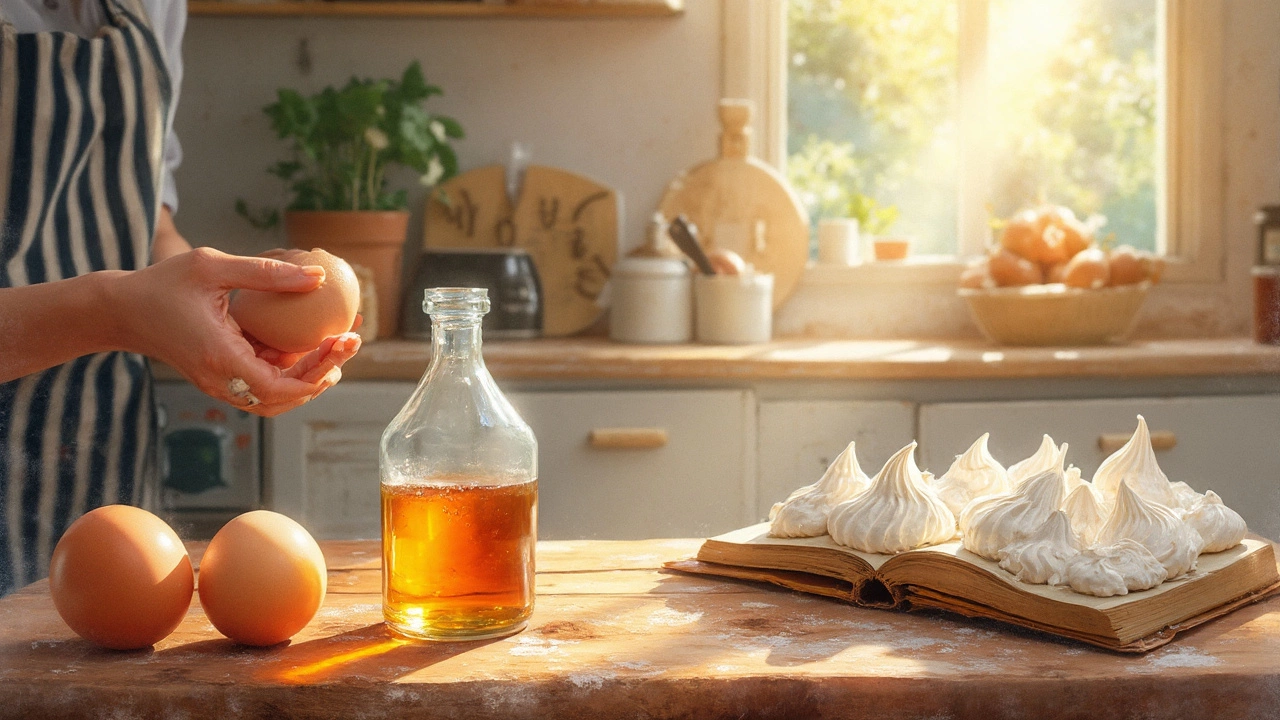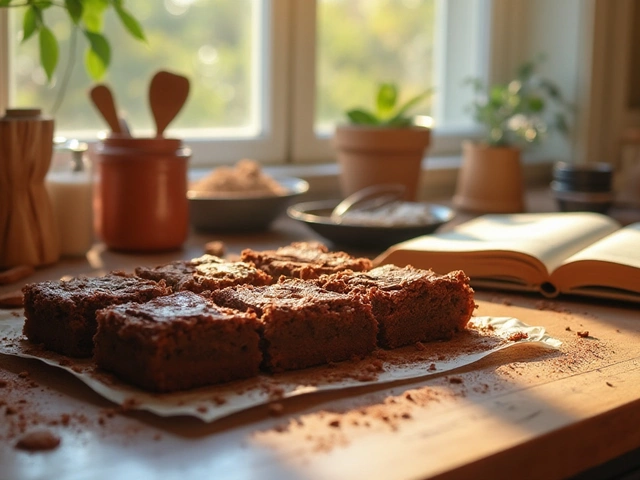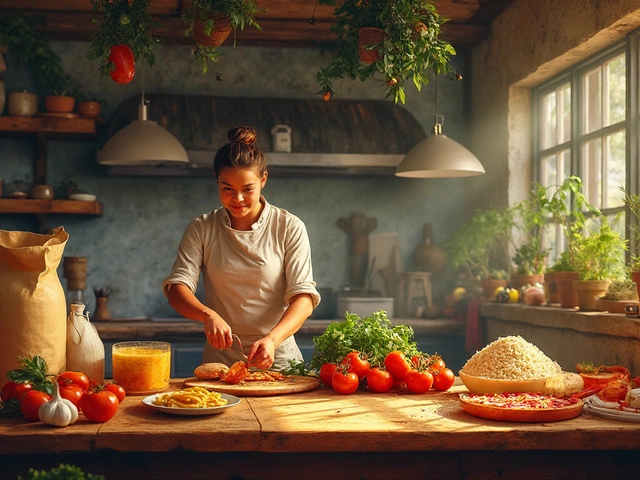Vinegar – Quick Tips for Every Kitchen
Vinegar is more than a pantry staple. It adds bright flavor, helps dough rise, and even cleans stubborn stains. Below you’ll find the most useful ways to use vinegar at home without getting lost in chemistry jargon. Grab a bottle and start experimenting today.
Everyday Cooking with Vinegar
First off, pick the right type. White distilled vinegar is great for pickles and sauces, while apple cider vinegar brings a softer fruit note to salads and marinades. Balsamic gives a sweet‑tart finish to roasted veggies or strawberries. A splash of any vinegar can fix a bland soup – just a teaspoon and you’ll taste depth instantly.
When you’re making a vinaigrette, use a 3‑to‑1 oil‑to‑vinegar ratio. Too much vinegar makes the dressing wilt, but the right balance lets the flavors shine. If you find it too sharp, whisk in a pinch of sugar or honey; the sweetness smooths the edge without hiding the acidity.
Vinegar also works as a meat tenderizer. A quick 15‑minute soak in a mix of equal parts vinegar and water breaks down muscle fibers, making chicken or pork juicier. Just don’t overdo it – long exposure can make the meat mushy.
Vinegar in Baking: Why It Works
In baked goods, vinegar is a secret leavening booster. Combine 1 tea‑spoon of vinegar with baking soda, and you get a fizzy reaction that lifts cakes, muffins, and pancakes. This trick is especially handy in vegan recipes where you need extra rise without eggs.
Vinegar also helps control gluten development. Adding a teaspoon to a gluten‑free batter can make the crumb softer and less crumbly. It does this by reacting with the baking powder, creating tiny air pockets that keep the texture light.
If you’re making a quick pie crust, a splash of vinegar in the dough prevents it from shrinking while baking. The acid relaxes the gluten, so the crust stays tender and flaky.
Beyond flavor and texture, vinegar can extend freshness. Brush a thin layer of diluted white vinegar on fresh berries before storing them. The acidity slows mold growth, keeping the fruit fresh for a few extra days.
Finally, don’t forget the cleaning power. A 1:1 mix of vinegar and water wipes down countertops, removes sticky residue, and leaves no lingering smell. It’s safe on most surfaces, but avoid using it on natural stone like marble.
Whether you’re spicing up a sauce, boosting a cake’s rise, or tackling kitchen grime, vinegar is an inexpensive, versatile tool. Keep a few different types on hand, and you’ll find new ways to improve taste, texture, and tidiness every day.

Cornflour and Vinegar in Pavlova: Why They Matter
Ever wondered why pavlova recipes nearly always call for cornflour and vinegar? These two pantry staples are the secret to that perfect marshmallowy center and crackly crust we all crave. If you've ever ended up with a weepy, rubbery, or flat pavlova, small ingredient tweaks, like adding cornflour or vinegar, might be just what you need. Understanding their roles helps you troubleshoot common meringue fails. Here's the real reason you shouldn't skip them.
View More
Why Vinegar is Essential in Pavlova Recipes
Vinegar might sound like an odd ingredient for a delicate dessert like pavlova, but it plays a crucial role in achieving the perfect texture. It stabilizes the egg whites, creating a firm structure that helps the pavlova maintain its shape and signature crispness. This article explores why vinegar is essential, touching on its role in balancing flavors and improving the dessert's overall texture. Discover tips and tricks to achieve a flawless pavlova every time.
View More




